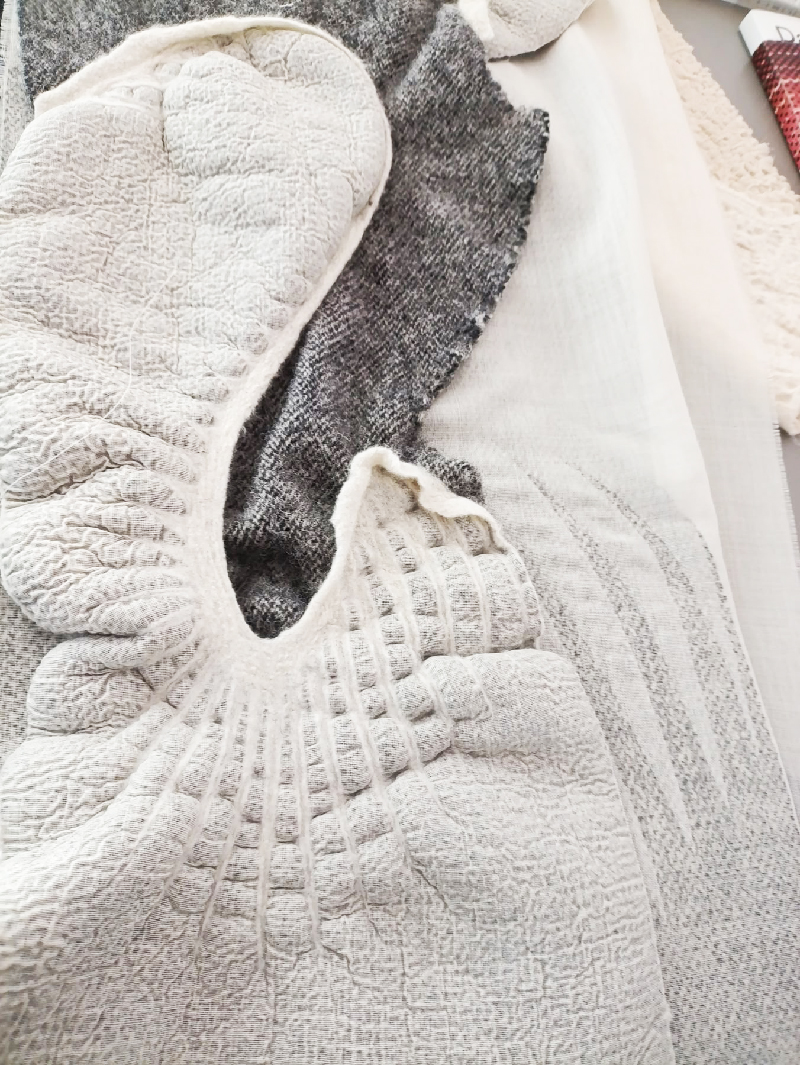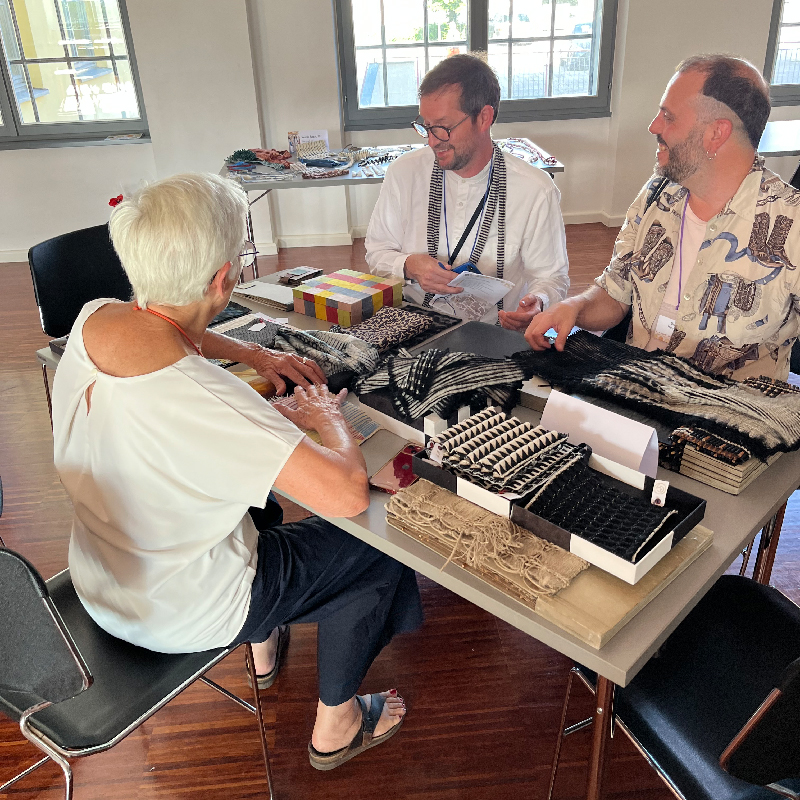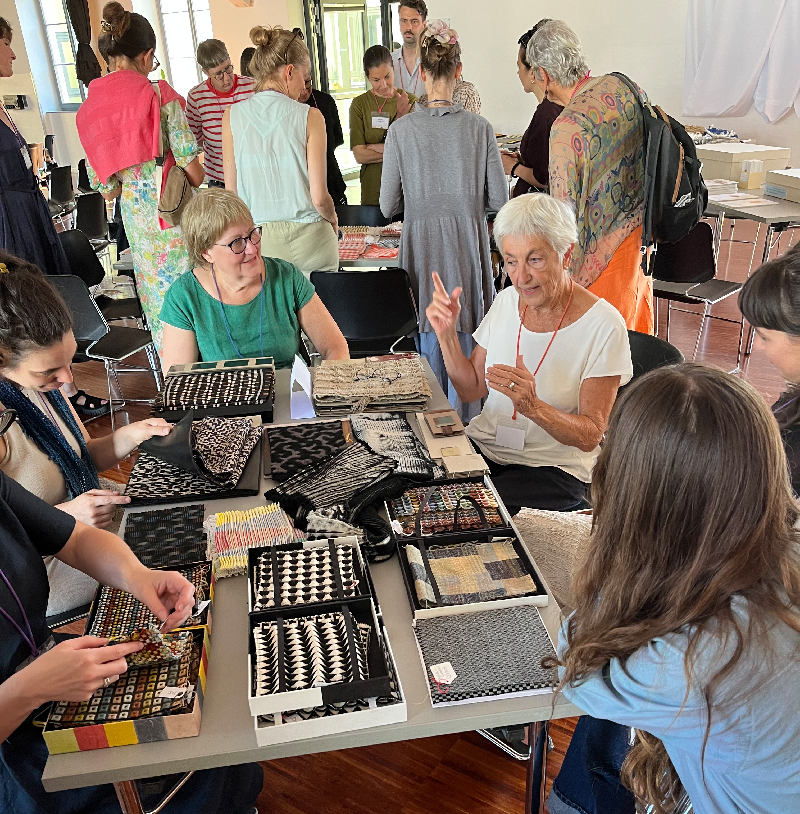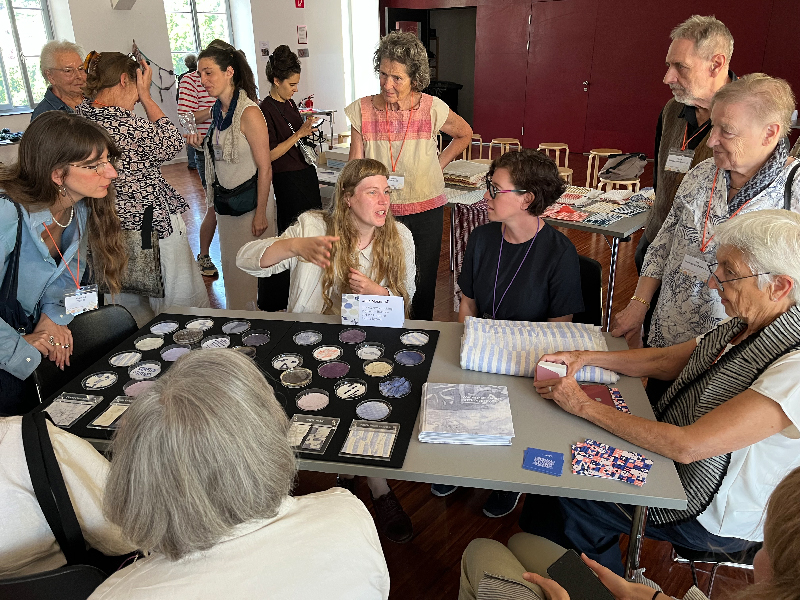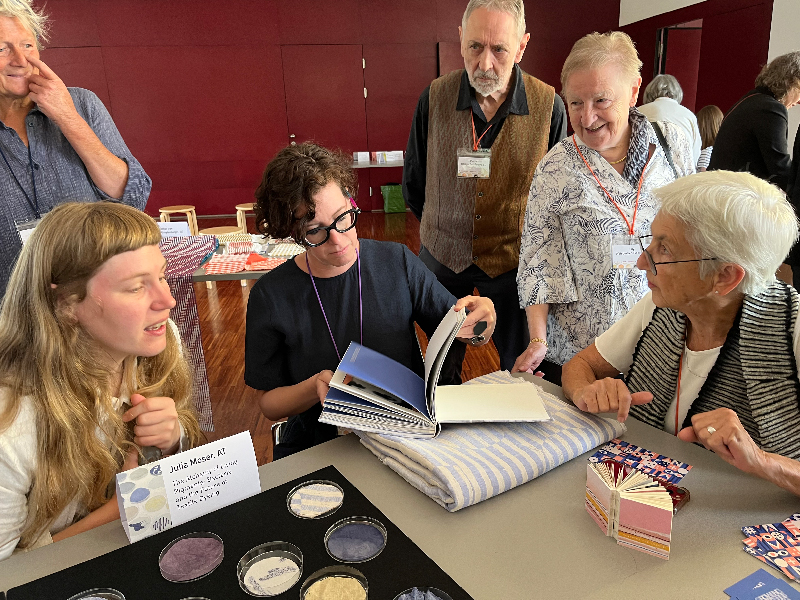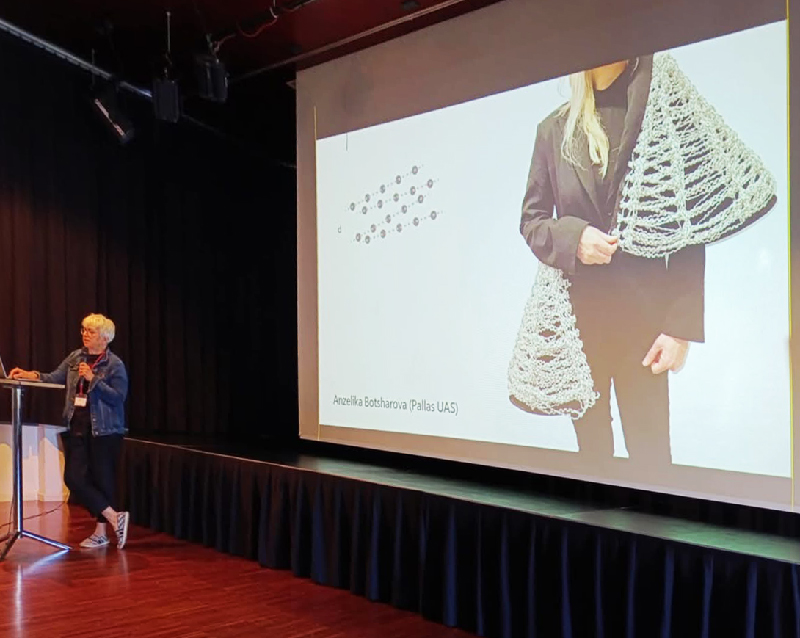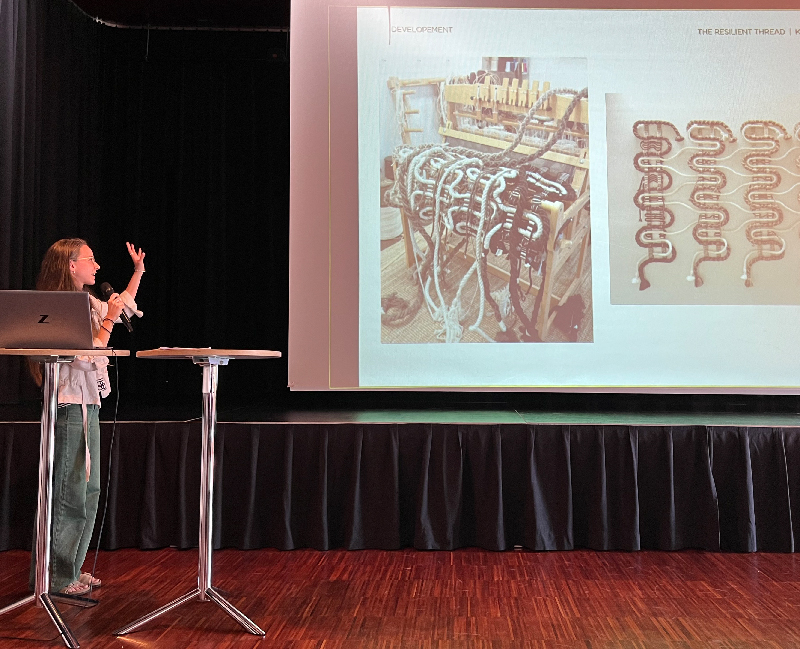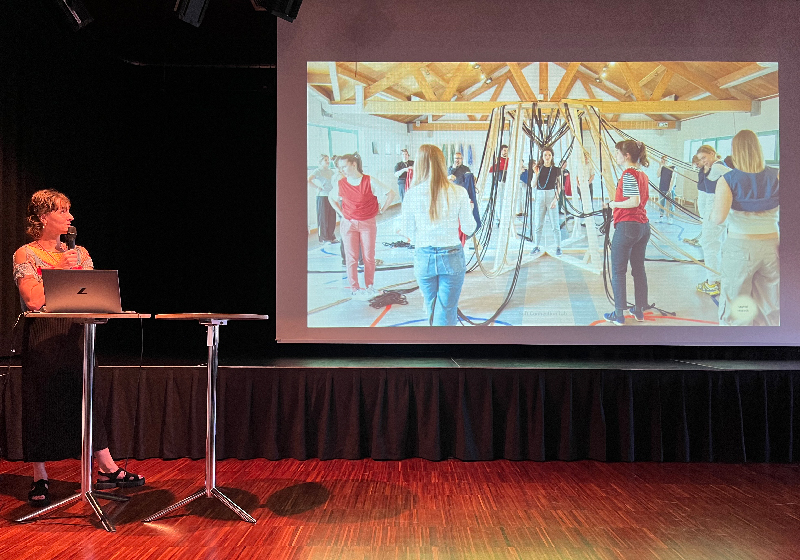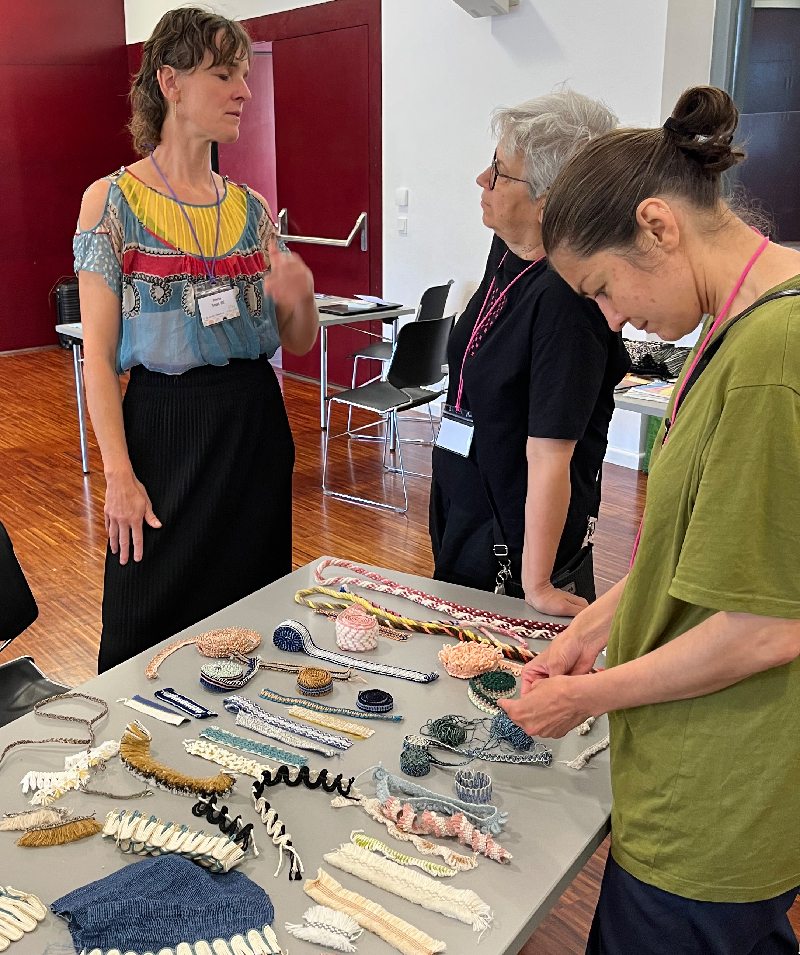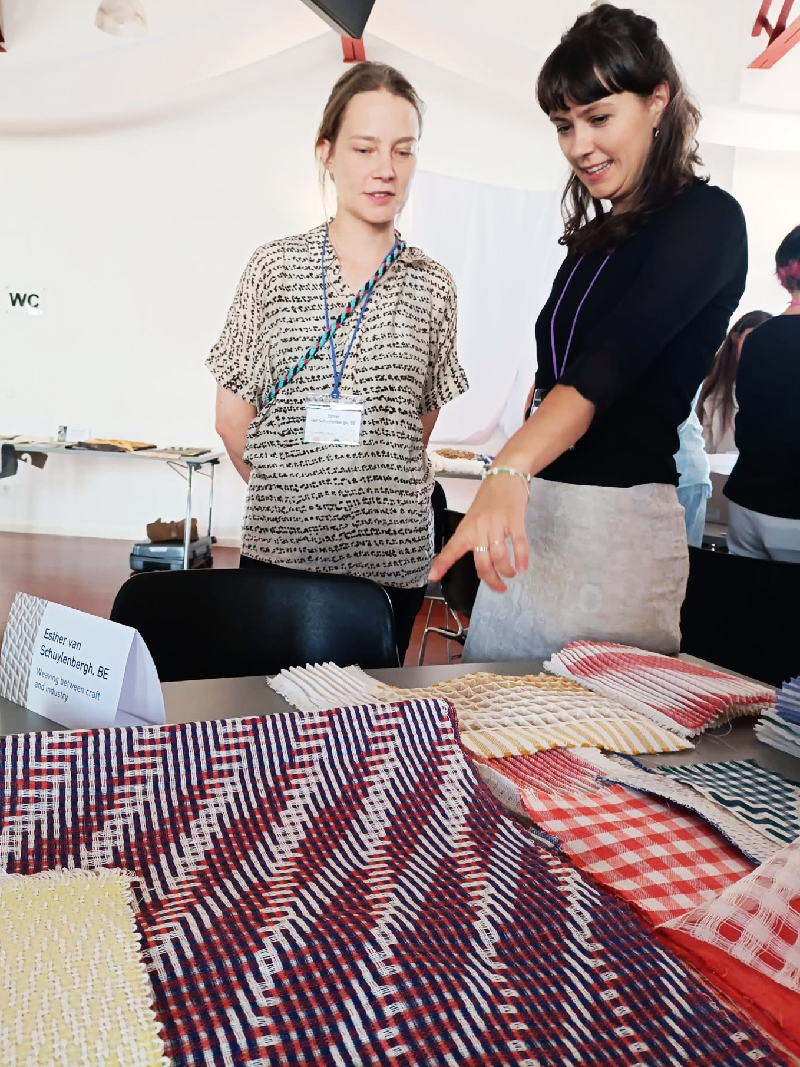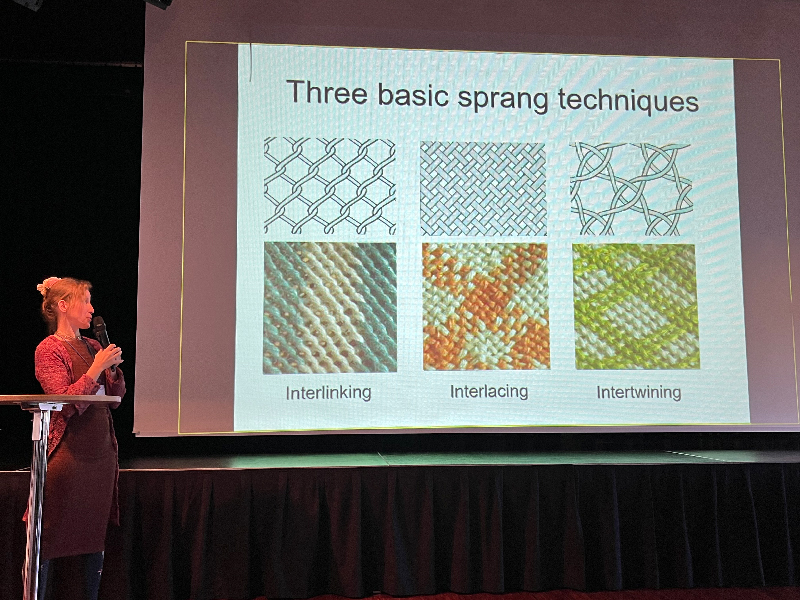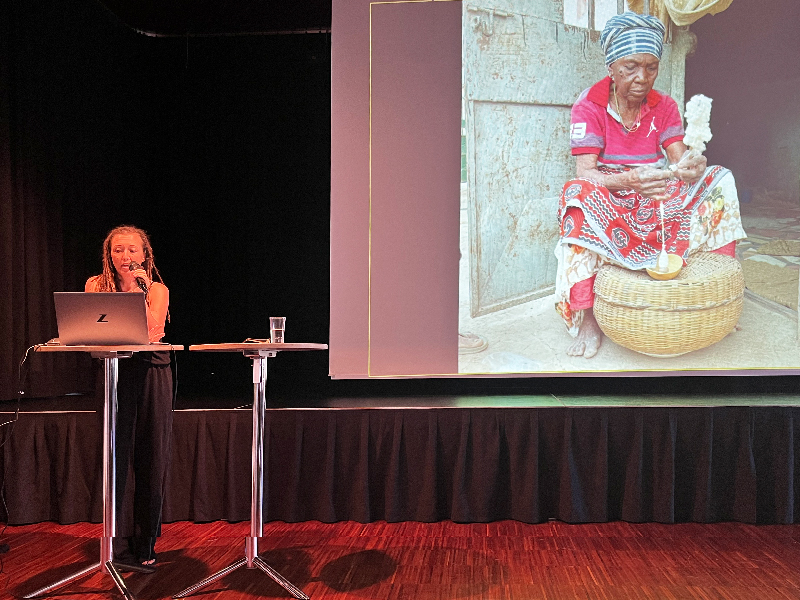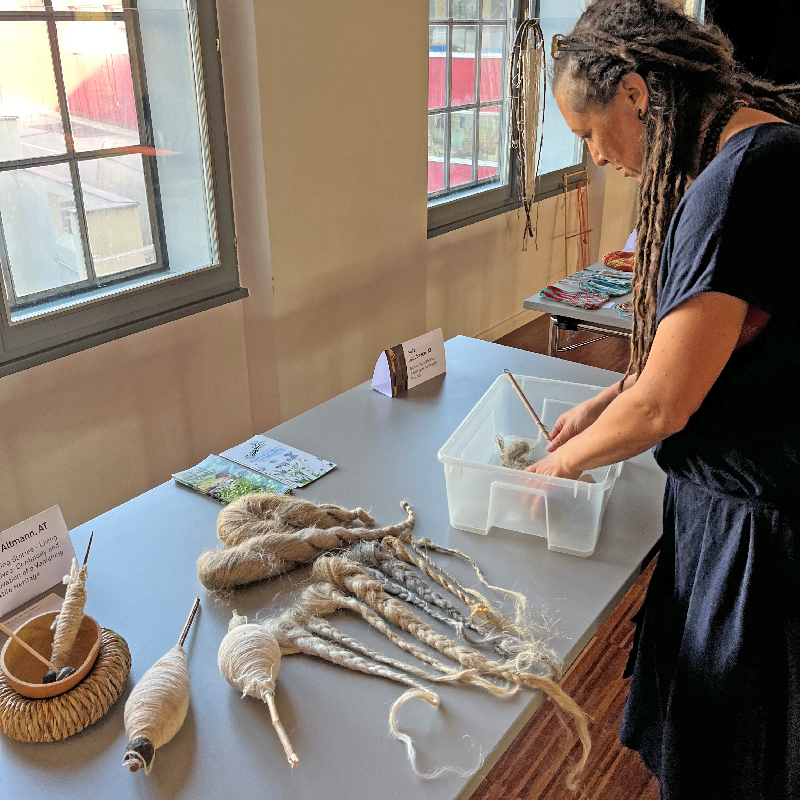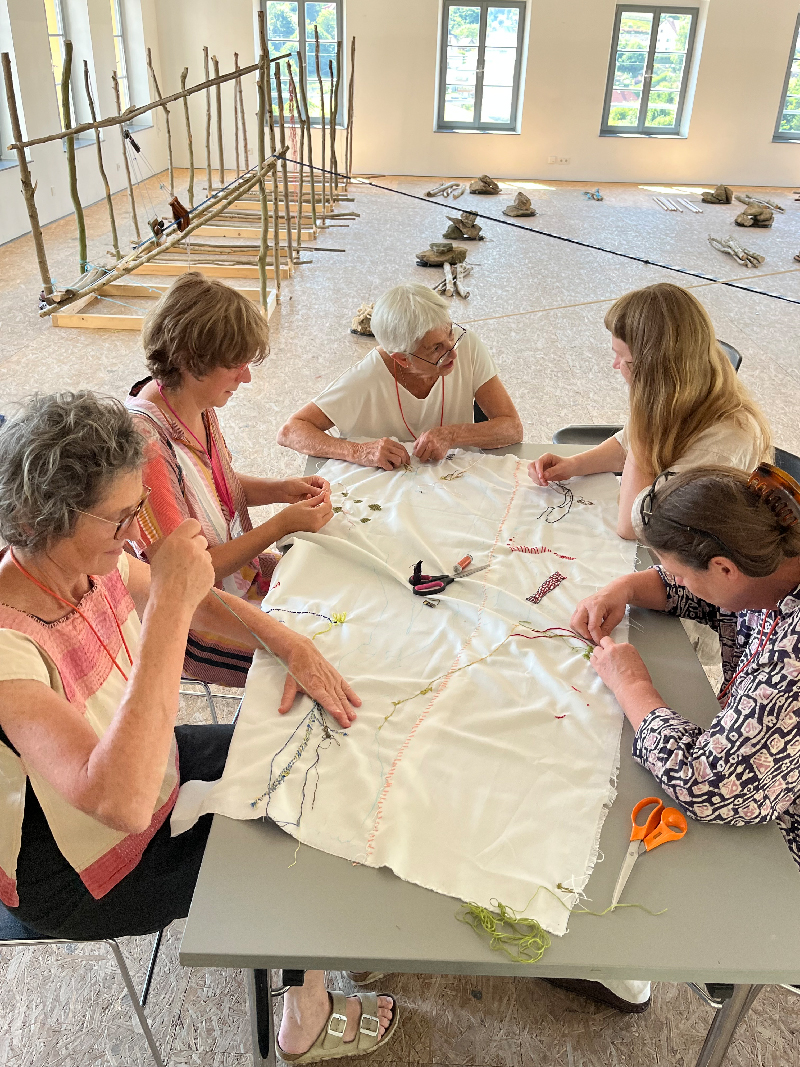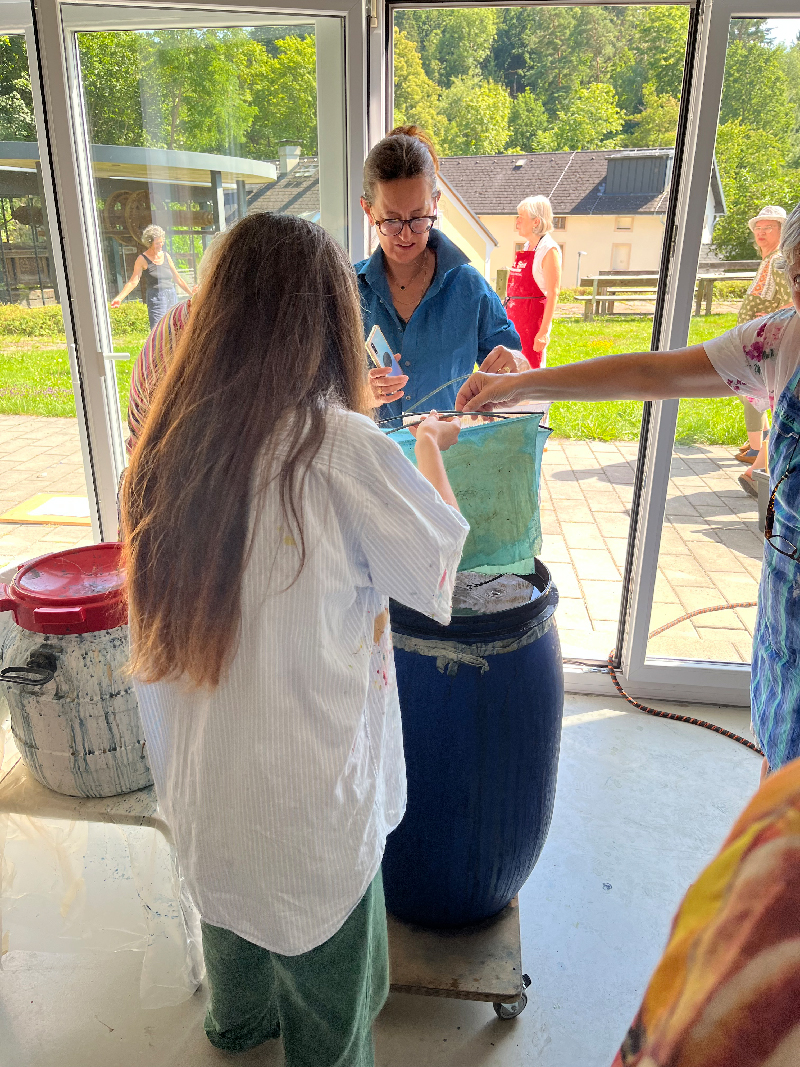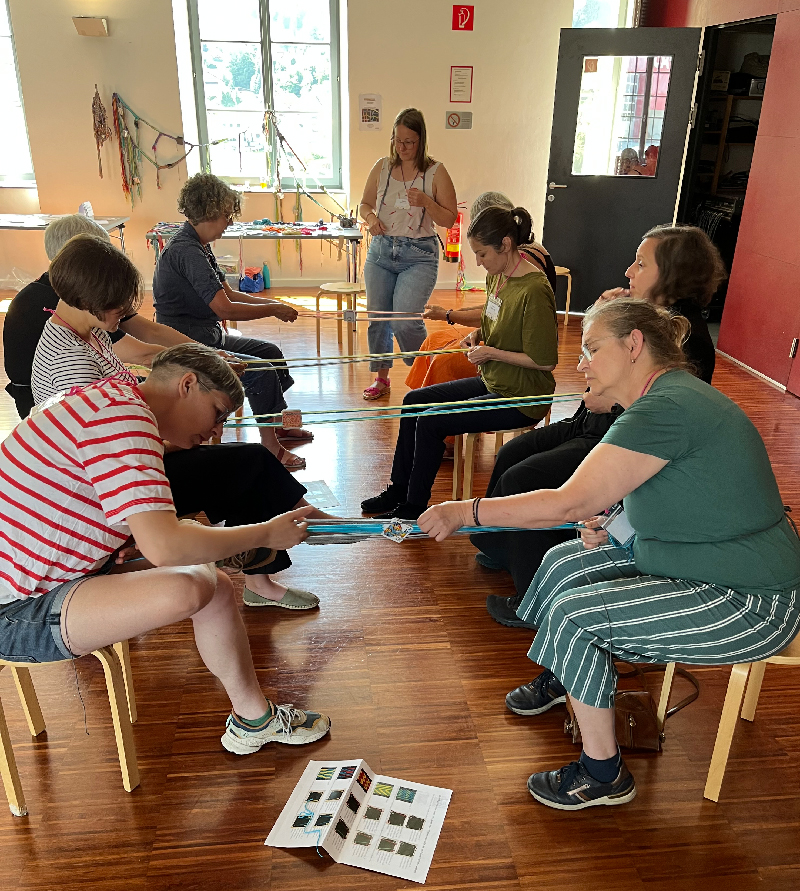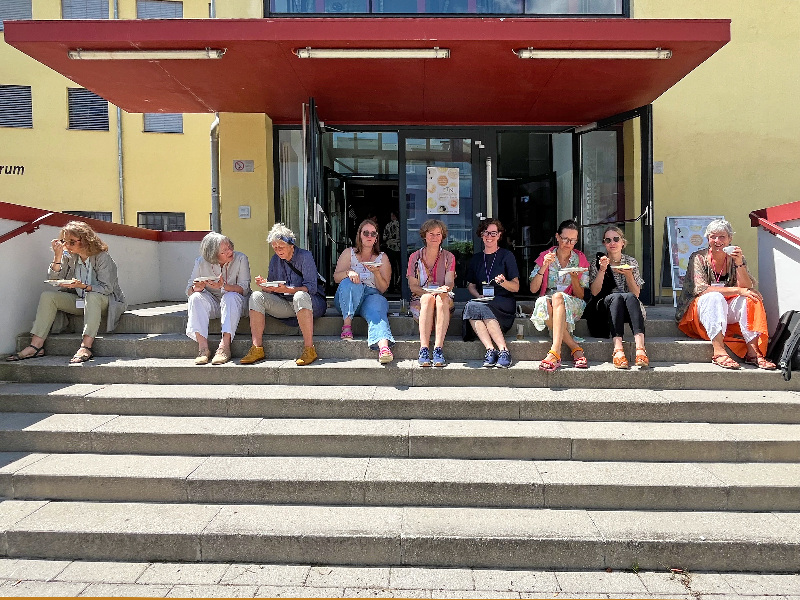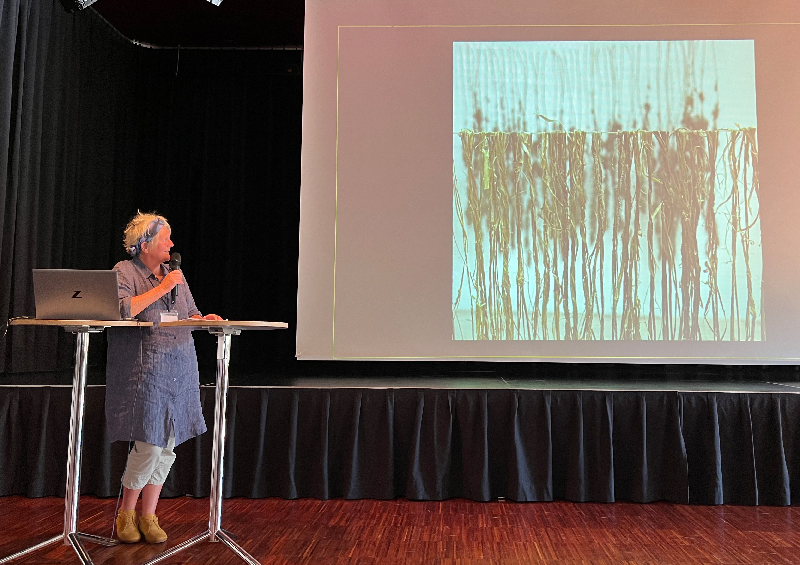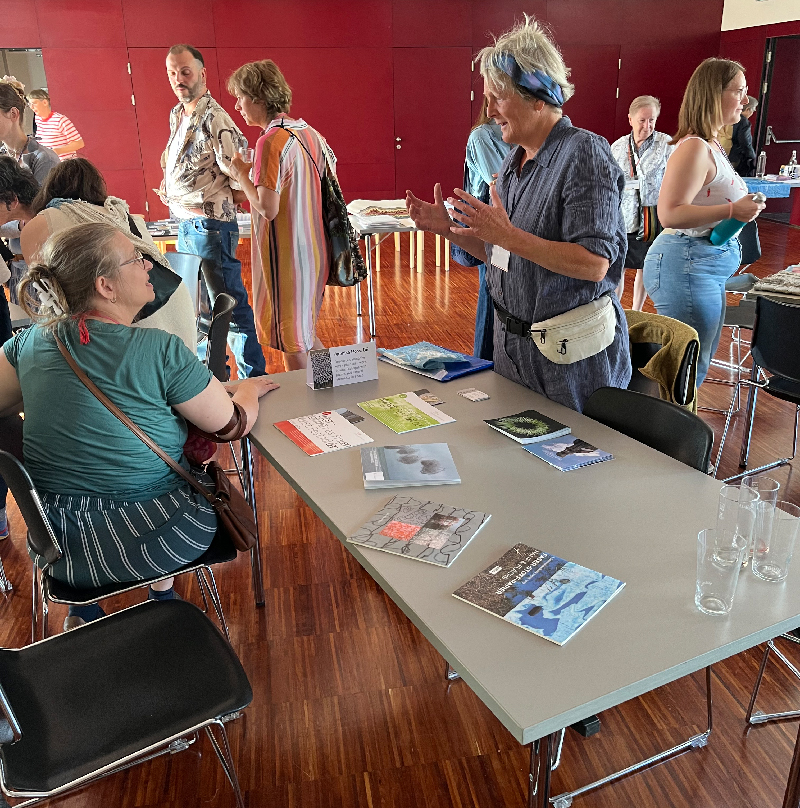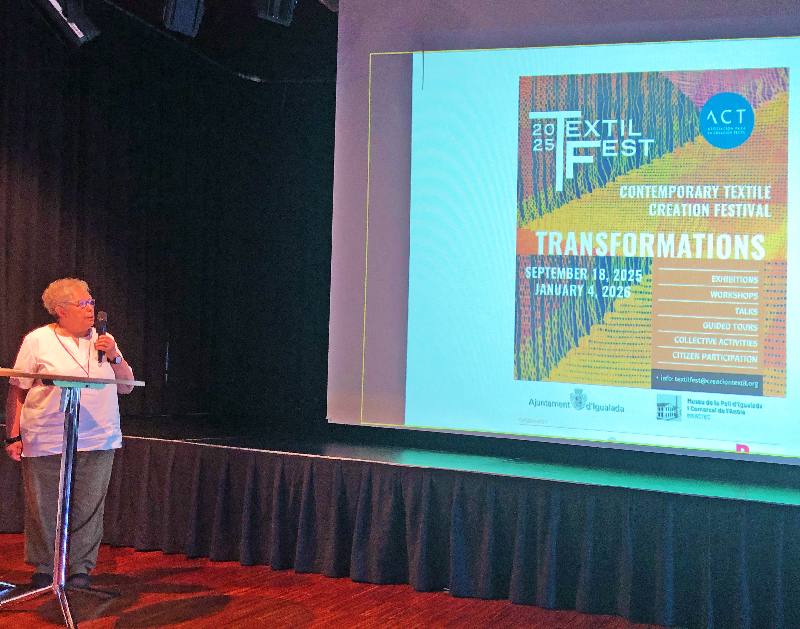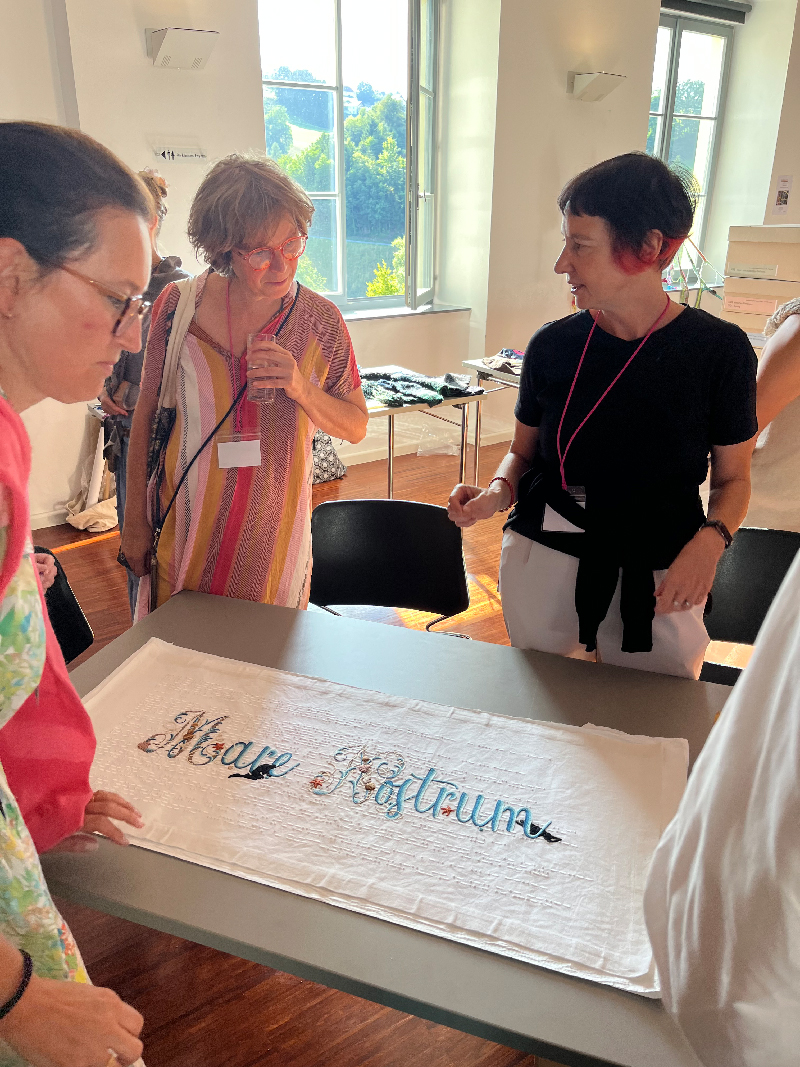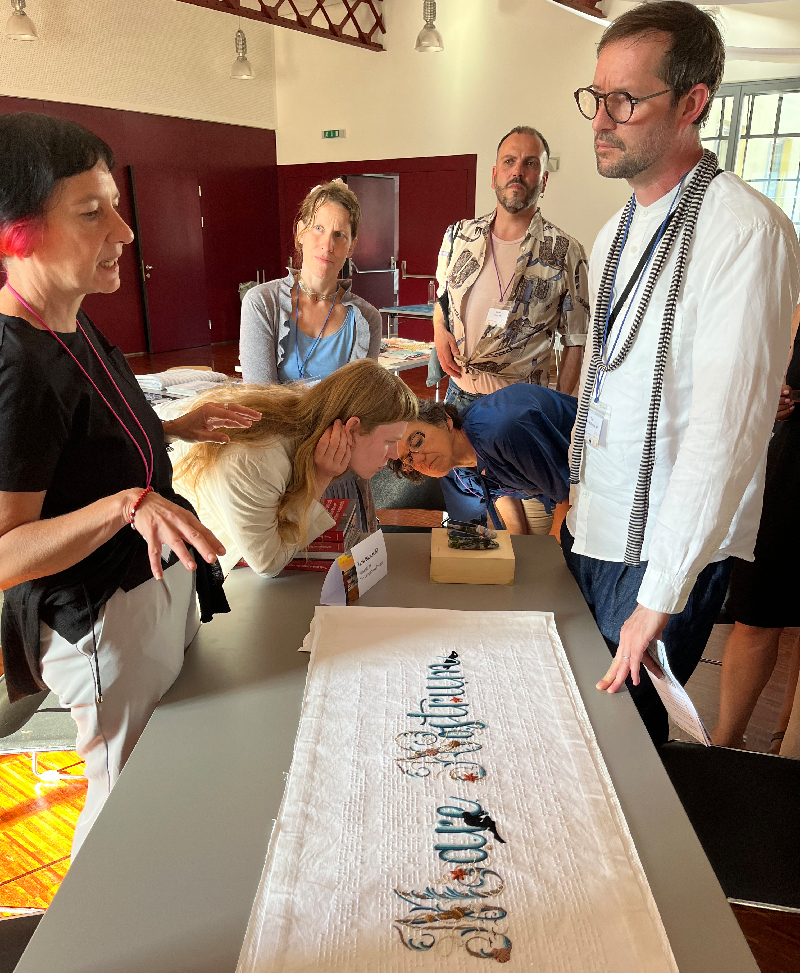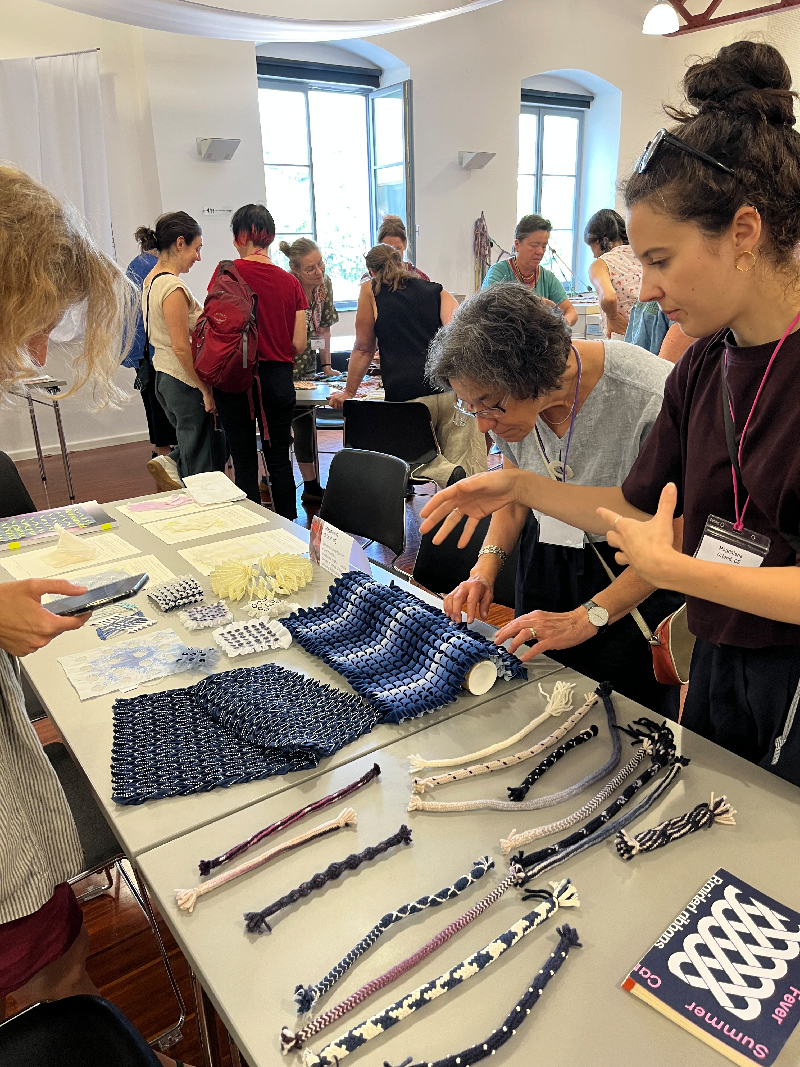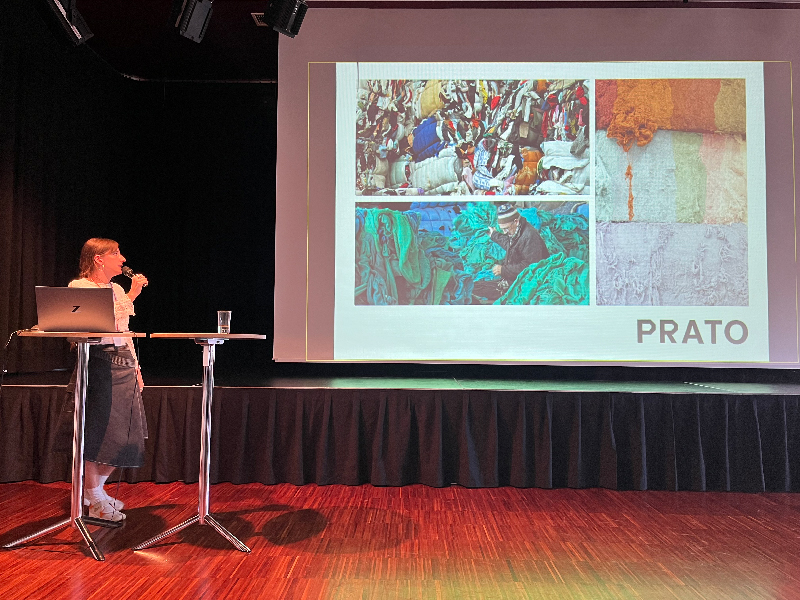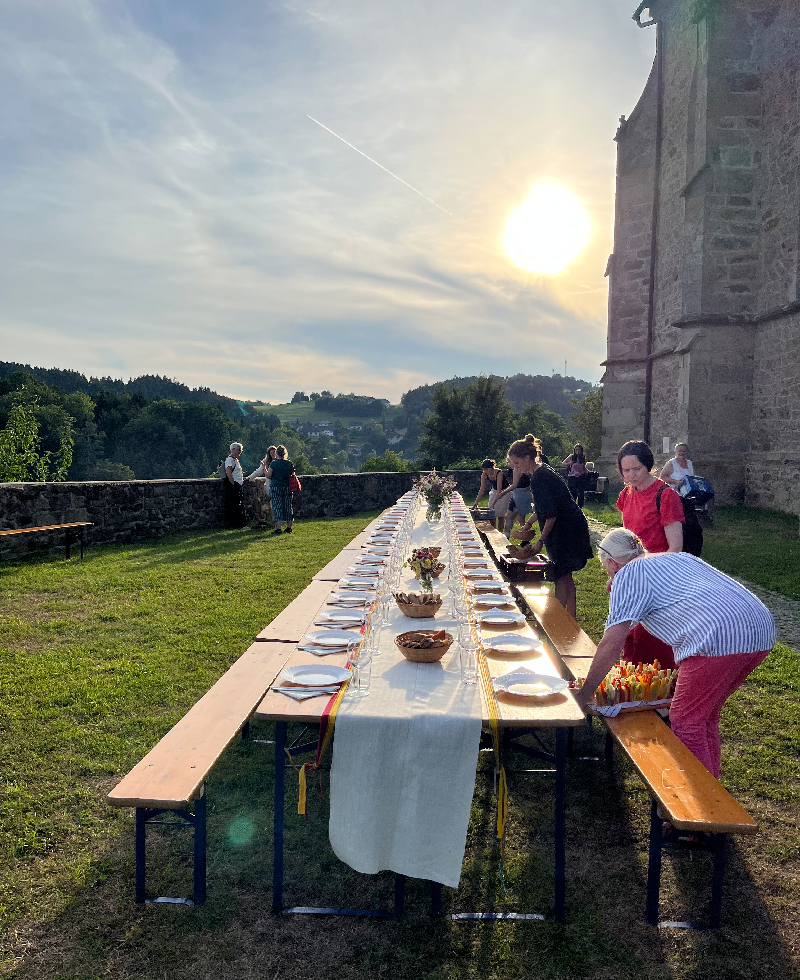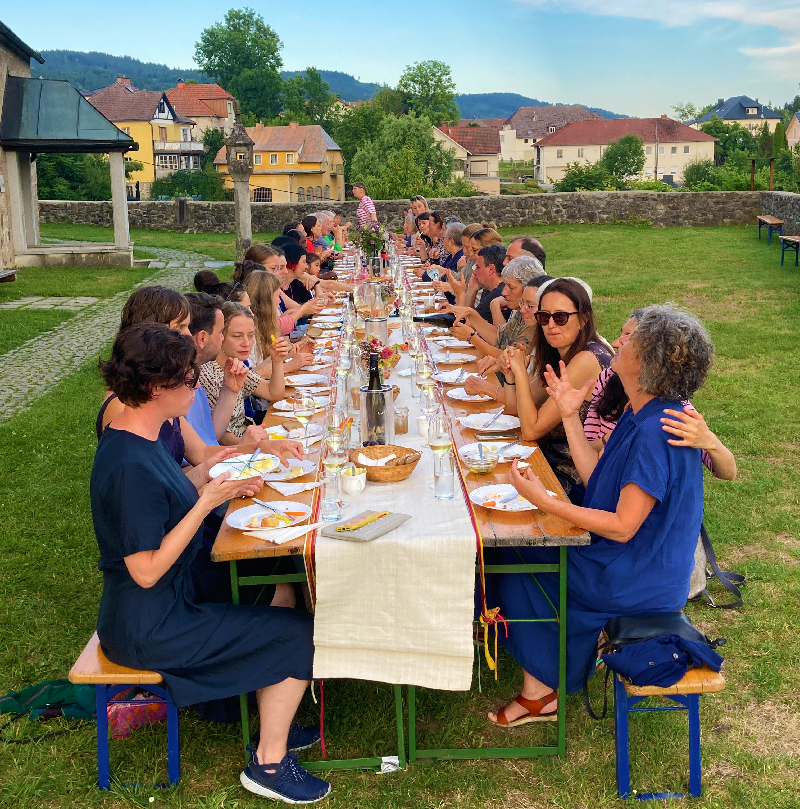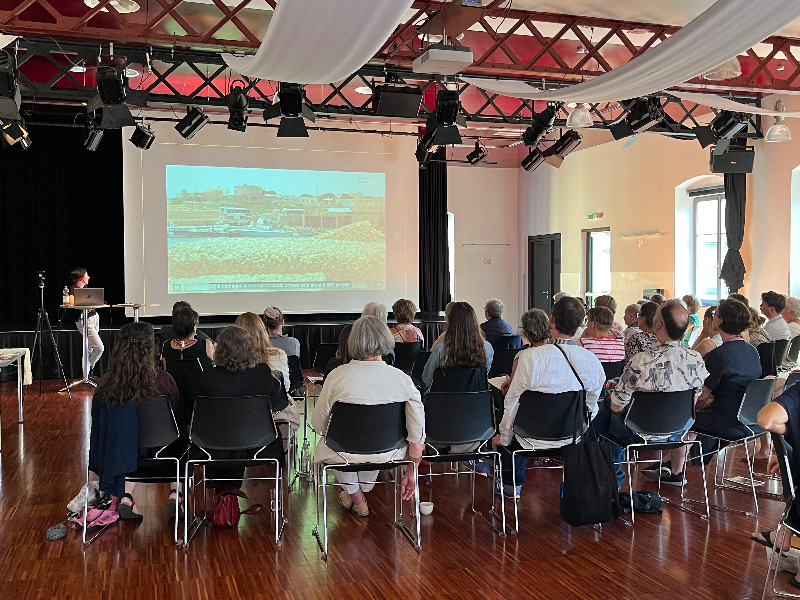
ETN Summer Jumble
This year it was planned to have an ETN Meeting in Azerbajdzjan but as the communication did not worked out as planned, a meeting in Tbilisi, Georgia was suggested by textile artist Nino Kipshidze, initiator of the Georgian Textile Group. In August 2024 Christina Leitner and Andreas Selzer visited Tbilisi and spoke with all the persons involved, Nino Kuprava, director of the Silk Museum, Nino Kvrisvishvilli, Lecturer Textiles at the Tbilisi Academy of Art and several more responsibles from museums, artisans groups and tour organizers. As I was in Tbilisi visiting my friend Nino Kipshidze, I witnessed all the efforts made for a perfect ETN Meeting in 2025 . Than came the Georgian elections in Autumn 2024 and ever since the protests against the Russsian-friendly government did not stop. The country is divided as many people trust the Russian propaganda. For visitors daily life is returning with concerts, festivals and exhibitions but the situation stays uncertain, most of all for those Georgians who are open to Europe.
That is why the first ETN Summer Jumble was organized in Haslach, to offer a possibility for ETN members to meet in person during the weekend of 18 to 20 July 2025.
I decided to take part and took the train to Linz, than the bus to Rohrbach, where a private service to the Summer Jumble in Haslach was organized. It took me 10 hours to arrive in Haslach in Upper Austria, but apart from the long travel time, everything was perfect. The group of about 60 participants was just small enough to be able to make contacts if you wanted to know more about a lecture, and large enough to see some old friends.
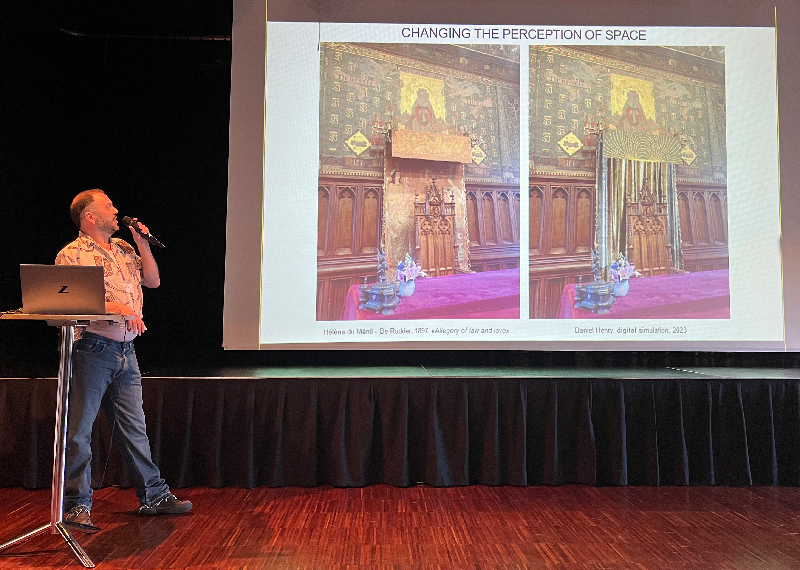
The program was outstanding, many of the Belgium designers we had met in Flanders during the ETN field trip 2024 there, were present and showing their work, starting with a well-known designer, Daniel Henry, who told about his work, among others, for John Galliano. He also showed his free work “Velum Magneticus“ for the Brussels City Hall, that was a spiritual experience in textile art. Asked about his „being famous“, he said that he preferred his freedom of working just what he wanted to do without compromising. So he works in innovative screen printing, for various fashion houses and as a textile artist. He also gives lectures and workshops.
The second well-known textile designer from Belgium was the weaver Martine Gyselbrecht, whom I know and admire since long as she was always present at the Heimtextil fair in Frankfurt. Her weavings are very complicated but simple-looking which means a real mastery of the weaving technique. Like most of the lecturers she brought some of her samples with her for us to admire. In her case she had given a course in the week before the ETN Meeting together with Esther van Schuylenbergh in the frame of the summer symposium TEXTILE KULTUR HASLACH. Andreas Selzer did an excellent interview with her, so that we came to know a bit more about her life and way of working.
I will not be summing up all the lecturers, but just want to mention the ones that made an extra impression on me; like the talk of Julia Moser from the Linz Art University about bacterial dyeing, biodesign and sustainable innovation in textiles and fashion. As textile dyeing still is a problem for the textile industry, this project called „Growing Patterns and Living Pigents“ brings hope for the future!
Among the lecturers there was a textile inventor from Estonia, Kadi Pajupuu, textile artist and professor at the Pallas University of Applied Sciences (Tartu, Estonia), who showed me textile places of interest when visiting Estonia in 2021. She has invented an adjustable-density reed and written a book about it („Muutujat – Variables, Warp and Weft Manipulations on Handlooms“ ISBN 978-9916-9236-0-3). Together with Marilyn Piirsalu she lectured about her new invention „MultiWeave“, a textile technique inspired by 3D printing, enabling the creation of sculptural, layered forms using only warp and weft. Her lecture was about the evolution and creative potential of her project via university research, showing how tools, teamwork, and curiosity can reshape textile practices for the future.
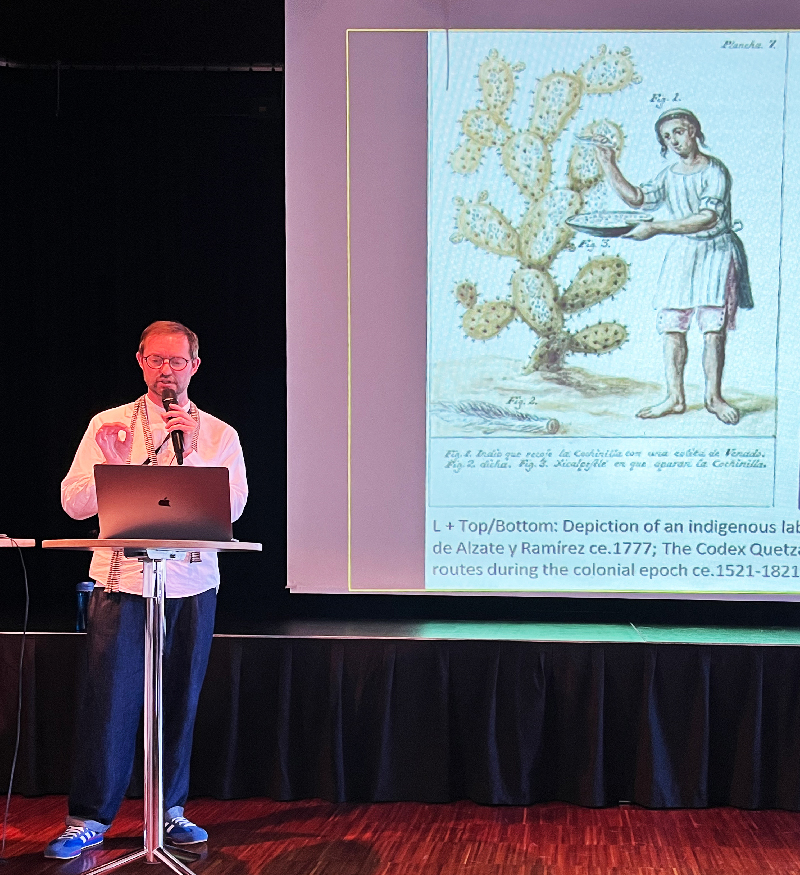
Tim Parry Williams, professor of art at the University of Bergen/Norway, did a follow-up talk called „Grana“ on his research regarding the history of cochineal dye, and its global trade and vital place in the world of textile culture. His work, that he presented earlier at the ETN Conference in Lodz in 2023, acknowledges the insect and labourer lives behind this once valuable commodity and its profound influence on global material culture and the importance of the colour red. He showed pictures of his final exhibition where he showed a very large red weaving that I would have loved to see in real.
There were several artists telling about their own work, among others:
Maartje Boer teaching at the Maastricht Institute of the Arts, inspired by the colours of the feathers of the magpie that she used in her knitting;
Esther van Schuylenbergh, a young designer from Belgium who spoke about her innovative weavings. Together with Martine Gyselbrecht she was leading the workshop on Shibori paper weaving in the weak before the ETN Meeting started;
Tanja Boukal from Vienna told about her embroidery project in Lampedusa, using this technique as a medium of protest and resistance. She is one of the very few textile artists that I know using textile art to change our perception in a powerful manner, as a political instrument;
Katerina Nakou from Athens took the overlooked craft of passementerie as the basis for her large-scale handwoven compositions. Her inspiration had been the historical archive at the Textile Centre Haslach where she was Artist in Residence in 2024;
Passementerie was also the subject of Veerle Tytgat from Belgium, she was trained at one other last passementerie factories (which we had seen during our Flax Tour), merging traditional craft with contemporary interpretations;
The very old technique of Spang in the Czech Republic and Slovakia was presented by Sylva Antony Cekolova, who is promoting this technique regarding its history and its modern use;
Karin Altmann presented „Spinning Stories-Living Archives“ an art-based research project bridging the narratives of traditional women’s work and the lack of recognition. The aim is to create a transcultural learning community merging ancient craft with new technologies to find a sustainable future in textile arts.
More talks were held by artists about planned funded projects (some including ETN) and future events like the new international Textifest (international festival of contemporary textile creation) introduced to the audience by Lala de Dios and planned by the Spanish Association for Textile Creation. This event is going to take place on September 18, 2025 in Igualada, at 60 km from Barcelona.
Very positive were the mini workshops in collective stitching with Cecile Belmont /F, indigo dyeing, by Anita Bauer/AT, tablet weaving by Selina Gasser/CH and digital weaving with Elisabeth Stötzler/D. It is so relaxing to work together on something practical, I especially liked doing embroidery together and Anita Bauer impressed me with her knowledge on indigo dyeing and her enthusiastic approach to a lot of participants wishing to get some nice blue samples in a short time!
Last but not least I want to mention the Saturday evening that was announced as a picnic, but was a very nice dinner on a long table in the evening sun, all prepared by the fantastic Textile Centre staff, with lots of wine. Here again the relatively small amount of participants made it possible to make it a very private and enjoyable event!
Beatrijs Sterk, 31 July, 2025
